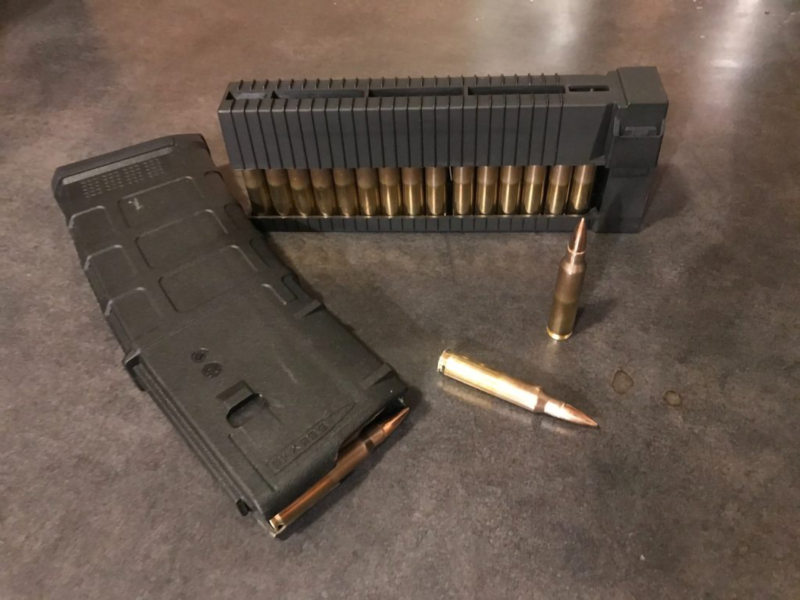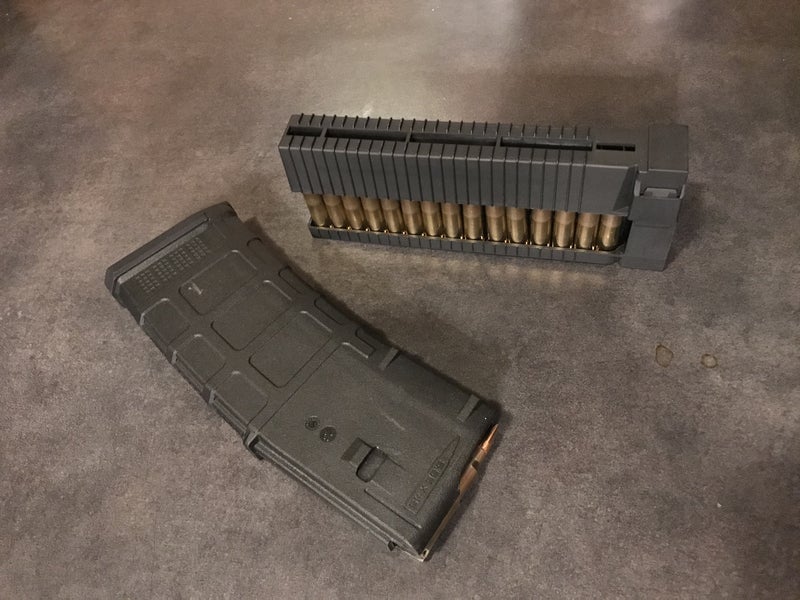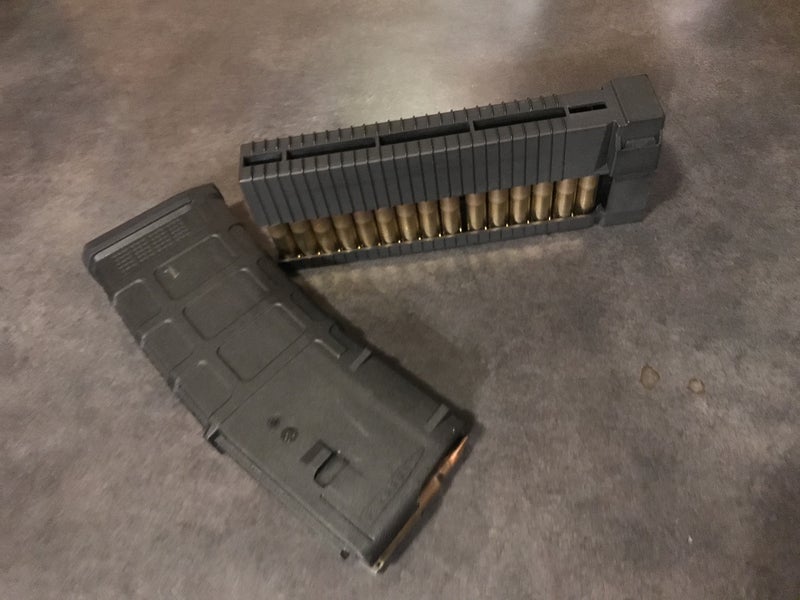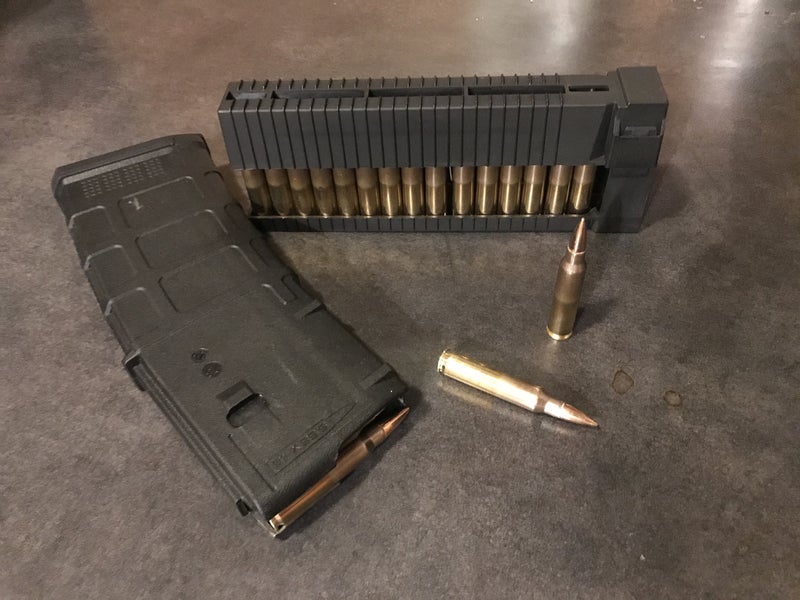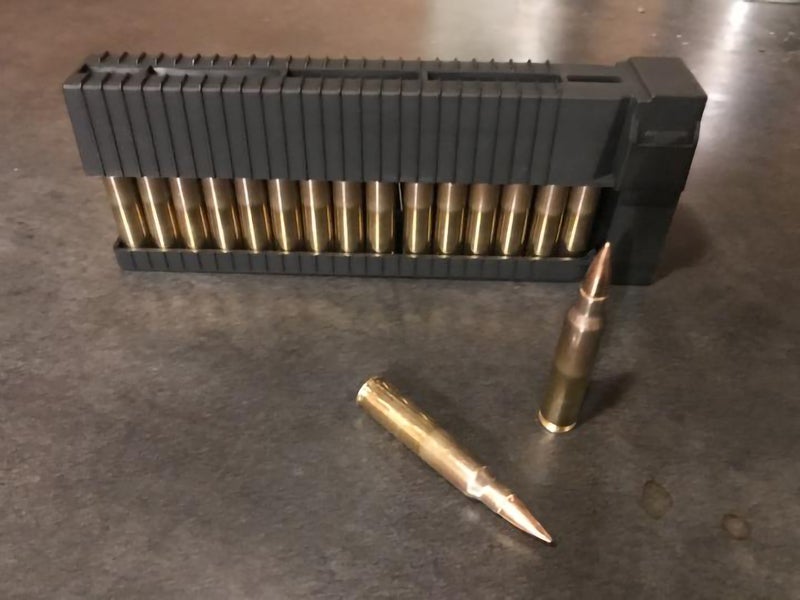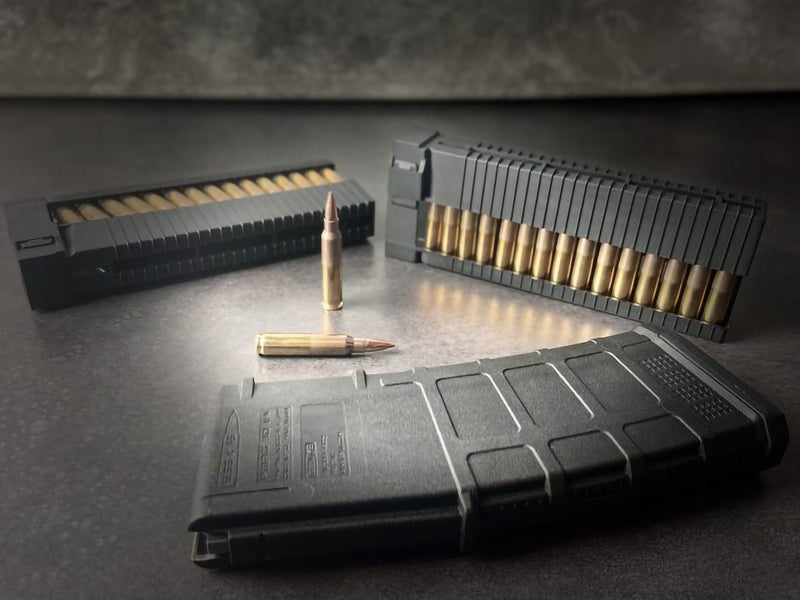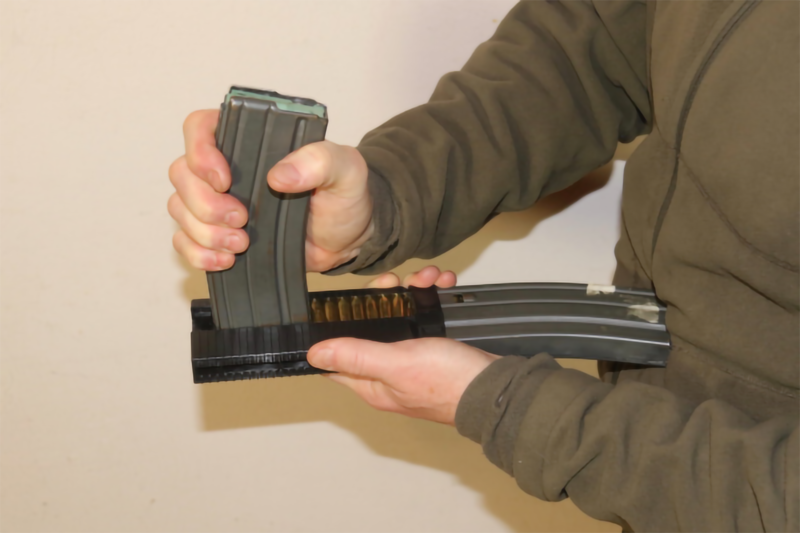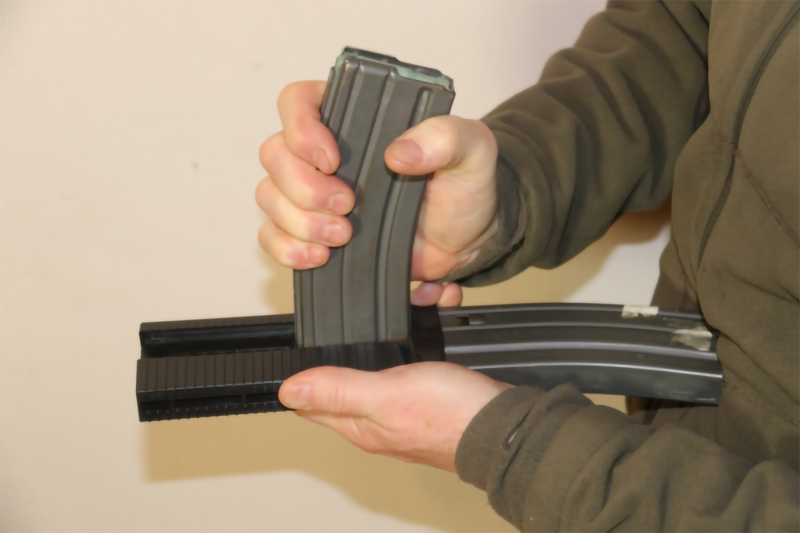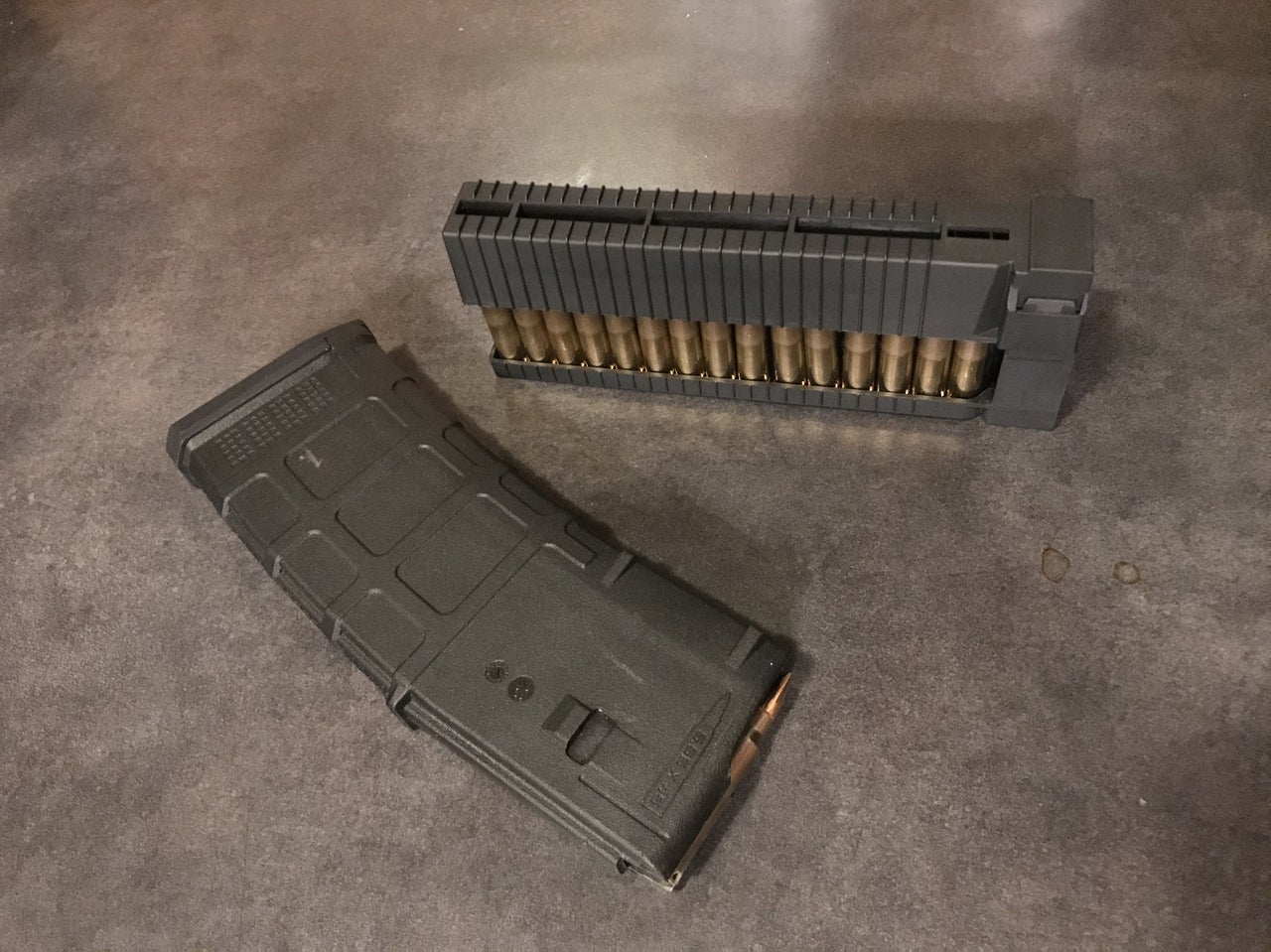
Venandi has developed the CPT (Cartridge Package Tactical) – an innovative patented concept that enables the user to load ammunition into the magazine quickly and easily.
We have an extensive military background and, based on years of training and operations, developed the CPT to give military and law enforcement operators a distinct advantage during critical missions.
Cutting-edge tool for the rapid loading of magazines
The CPT is an innovative and disruptive tool that allows operators to load a 30-round magazine in just 4-8 seconds, offering a significant advantage over hand-loaded or even a stripper clip mechanism.
The tool has been developed, tested and validated and can be trusted for loading magazines in a fast and efficient way, both in training and on the battlefield.
The CPT means magazines can be loaded quickly and under stressful conditions, including with gloves. It allows users to load 30 rounds in just a few seconds, compared to the normal packaging of ammunition, which takes 1-2 minutes, or to stripper clips which take around 40 seconds.
Magazine loading device for military applications
CPT comprises two rows of cartridges made of nylon and can be produced in a plastic mould converting unit.
The capacity of the cartridge package is divided into two sub-compartments in the cartridge package.
The mouth portion of the cartridge package is identical in both sub-compartments, which are separated by a flexible intermediate wall. This construction makes it possible to load either row of cartridges first.
The loading of ammunition from the CPT to the magazine is quick and hassle-free and can be made using another CPT or a magazine.
Ammunition and magazines
CPT is now available for 5.56 NATO / 223 Remington / 300 Blackout calibre rifles and magazines with NATO STANAG rifle/magazines interface: AR-15 type, M4, M16, FN SCAR, H&K 416, and H&K 433.
A wide range of magazines configurations can be used, including, STANAG Metal Magazines, Magpul PMAG and EMAG, and Lancer.
Additional calibres can be developed to service different requirements and markets.
Advantages of using the CPT:
- Faster loading speed than traditional methods (4-8 seconds compared to manual loading of 1-2 minutes)
- Time efficient, allowing rapid reloading under stressful (fine motor movements not required) and extreme weather conditions.
- Protects hands and doesn’t result in sore fingers
- Allows operator to maintain magazines and not carry excess
- Good thermometer for the condition of the magazine
- Ready identification of what type of ammunition (colour code or marking)
- Can be transparent for training purpose to identify blanks
- Rapid deployment of ammo box with CPT’s, which allows fast reloading for the operator
- Each CPT is equivalent to 1.5 ammo boxes, which come with 20 bullets
- The CPT is optimised to fit the M2A1- ammunition can
The CPT offers both tactical and operational advantages to military personnel and can be tailor-made for easy identification of the type of ammunition based on colour coding.
The CPT for the military and law enforcement purpose is single use and Venandi offers to collect used CPTs for recycling. We also offer the possibility of converting existing ammunition stocks into CPT.
The tool is currently being tested by several military and law enforcement units globally, as well as civilian instructors and sports shooters.
Given demand from the end-users, ammunition manufacturers will have the CPT as a delivery option of their packaging to their clients.
A simple and cost-effective solution, the CPT has a marginal impact on the cost of ammunition, especially when providing a new solution for existing and potential clients.
Development of the CPT
The inventor of the CPT was an instructor in the Special Intervention Teams of the Finnish Border Guard, mostly working in developing border surveillance and special unit training and operations.
As a specialist, he worked with and tested a substantial range of firearms as well as vast amounts of ammunition, whenever a new weapons system was being considered. Throughout his career, considering both training and testing, has resulted in the loading of substantial volumes of magazines.
Understanding the need to have more efficient and an easier way of loading magazines, he began to develop ideas on how to find a solution.


